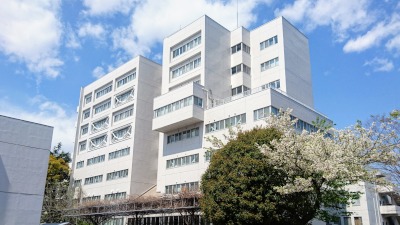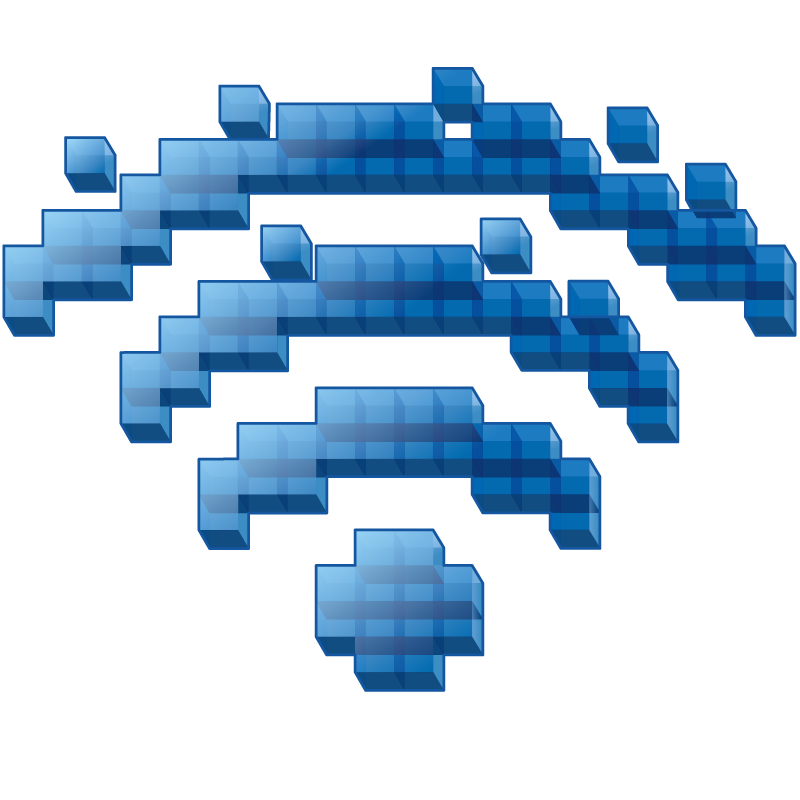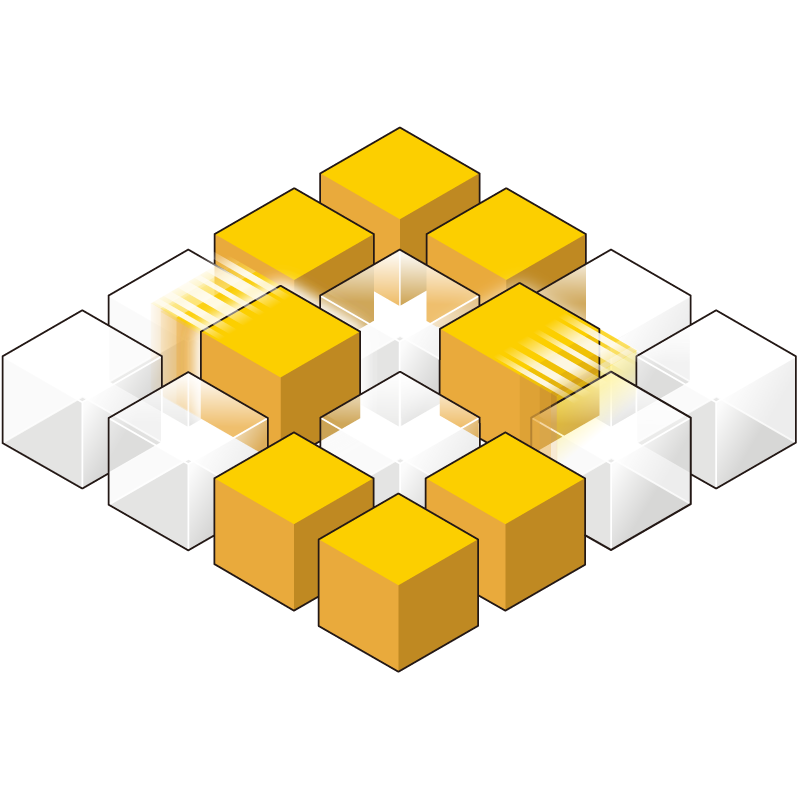Overview

Our mission is to advance state-of-the-art wireless communications and quantum computing technologies. In particular, we have specialized in high-mobility communications, power-saving algorithms, highly-parallel wireless signal processing, and quantum algorithms for communications. It is worth noting that two papers have been recognized as the top one percent of papers in the WoS database.
Research areas: mobile communications, post-quantum physical layer security, quantum speedup for wireless communications.
Opening(s)

Our laboratory was launched in April 2020. Since it is a fresh laboratory, we welcome fresh and highly motivated students to explore the edge of wireless technologies. Currently, we are accepting up to one MEXT-funded master's course student from abroad. Please check our official website for application deadlines. If you are interested in joining our laboratory as a Ph.D. candidate, please send your detailed CV and a list of research publications to the email address provided at the bottom of this web page. Dr. Naoki Ishikawa, who is the PI of this laboratory, has worked on both communication engineering and information science, resulting in a wide range of research topics. The current topics are given as follows.
Announcements
- 2025/12/24 The list of IEEE journal/magazine papers published by researchers in Japan has been updated. The list of 2025 is available here.
- 2025/12/04 Prof. Ishikawa's paper on quantum speedup for wireless communications was accepted for publication in IEEE Communications Magazine.
- Naoki Ishikawa, Giuseppe Thadeu Freitas de Abreu, Petar Popovski, and Robert W. Heath Jr., “Quantum-Accelerated Wireless Communications: Concepts, Connections, and Implications,” IEEE Communications Magazine, in press.
- 2025/11/26 Prof. Ishikawa gave a talk at a workshop of SITA2025.
- 石川 直樹, “量子計算がもたらす無線通信システム設計の未来,” 第48回情報理論とその応用シンポジウム(SITA2025), 福島県郡山市, 2025年11月26日.
- 2025/10/28 Prof. Ishikawa gave a talk at Ericsson Research Day, held at Yokohama Landmark Tower. Also, Mr. Fujiwara (D1) and Mr. Kato (D1) gave an oral presentation and a poster presentation, respectively. (Linkedin)
- Naoki Ishikawa, Grassmannian Geometry Connecting Wireless and Quantum Systems, Ericsson Research Day, Yokohama Landmark Tower, Kanagawa, Japan, Oct. 28th, 2025.
- Shintaro Fujiwara, Bridging Academia and Industry: My Internship Experience at Ericsson Research Japan, Ericsson Research Day, Yokohama Landmark Tower, Kanagawa, Japan, Oct. 28th, 2025.
- Taiki Kato, Design of Data-Carrying Reference Signals for Maximizing Spectral Efficiency via Numerical Optimization, Ericsson Research Day, Yokohama Landmark Tower, Kanagawa, Japan, Oct. 28th, 2025.
Quantum Speedups for Wireless Communications
The fundamental limit of semiconductor miniaturization is approaching. The day may come when wireless technology will no longer be able to meet the increasing demand for communications. Our goal is to revolutionize wireless communications by breaking the limit of classical computation through quantum computation. Specifically, we try to solve NP-hard problems specific to the wireless field using the Grover search, which is an algorithm that can provide a quantum speedup.
Post-Quantum Physical Layer Security
In Wi-Fi networks, it is easy for third parties to observe raw digital information. Since this information is encrypted in the transport layer, we can feel safe to use, but this security is not guaranteed for eternity. For example, the widely used public-key encryption method, RSA, has been threatened by the invention of Shor’s algorithm, which performs integer factoring in polynomial time using a quantum computer. In order to enhance security, we try to encrypt radio waves themselves using true random numbers extracted from wireless physical layer.
High-Speed Mobile Wireless
When a wireless device moves fast, the surrounding radio environment changes rapidly, resulting in poor communication quality. To address this challenging problem, we have worked on a unique technique called non-square differential coding, which is expected to improve the performance of 5G millimeter-wave communications. By contrast, this new scheme suffers from the error propagation problem. It is not going to be easy!
Low-Complexity Index Modulation
In general, when considering a new scheme for the physical layer, we inevitably encounter a tradeoff between the computational complexity and the achievable performance. Between two stools, you fall to the ground. Since 2008, a new technique called index modulation has attracted attention because it may be capable of striking the tradeoff. We try to investigate its fundamental property by invoking recent technologies that have been developed for machine learning.
Open-Source Software & Open Data
IEEE Journal & Magazine Papers Published by Researchers in Japan
This web page provides a list of IEEE journal/magazine papers published by researchers in Japan, covering the period from 1954 to the present. It is useful for understanding the transition of research conducted in Japan, the bias of researcher population, distinguished researchers in each field, and the international research presence. The list is automatically aggregated using the open data DBLP, but it is updated about once a year because it is checked as carefully as possible before publication.

WiPhy
This Python package enables one to easily investigate the performance of state-of-the-art technologies that have gained attention in the field of wireless communications. Different from GNU Radio and other relevant packages, it adopted tensor operations for time-consuming algorithms. Thus, it succeeded in achieving incredibly fast simulations, even though it relied on high-overhead Python.

IMToolkit
This Python package is dedicated to the index modulation (IM) scheme, which has attracted tremendous attention since 2008. The performance of IM heavily depends on the index patterns that activate K out of M elements. This package contains 560MB of optimal patterns that are obtained through our proposed combinatorial optimization algorithm. Currently, it supports 100% of IM parameters for M <= 20 and 75.5% for M <= 32.
How to Visit Us

Our laboratory is located in Room 308 of the N6-2 building, and Dr. Naoki Ishikawa's office is located in Room 309. The entrance of the N6-2 building is exactly here. At the entrance, there is an information board that will guide you.
If you use public transportation, the easiest way to visit our laboratory is to take a bus from the west exit of Yokohama Station. The Sotetsu Bus "Hama 11" is relatively frequent and takes about 15 minutes from platform 9 at the west exit to "Hijirigaoka", which is a bus stop near the north gate of Yokohama National University. The Sotetsu Bus "Hama 10" (platform 10 at the west exit) and Yokohama Municipal Bus No. 201/329 (platform 14 at the west exit) take you to the bus stop "Kokudai-Kita" just north of our building. When you return, the first bus departing from "Kokudai-Nishi" or a bus from "Hijirigaoka" would be convenient for you.
If you would like to take a taxi, please tell the taxi driver to enter from the main gate of Yokohama National University and go to the second bus stop. The driver understands the destination by reading the following Japanese sentence 「横浜国立大学の正門から入って二つ目のバス停まで道なりにまっすぐお願いします」. There are "Nihon Taxi" and "Metro Taxi" offices near the main gate. In addition, you will see a lot of "Peace Taxis" around the campus. Any taxi app is also convenient in this area.
Contact
Affiliation: Faculty of Engineering, Yokohama National University,
Japan.
Address: Room 309, N6-2, 79-5 Tokiwadai, Hodogaya-ku, Yokohama-shi, Kanagawa-ken,
2400067 Japan.
Name: Dr. Naoki Ishikawa
Email: ishikawa-naoki-fr [at] ynu.ac.jp